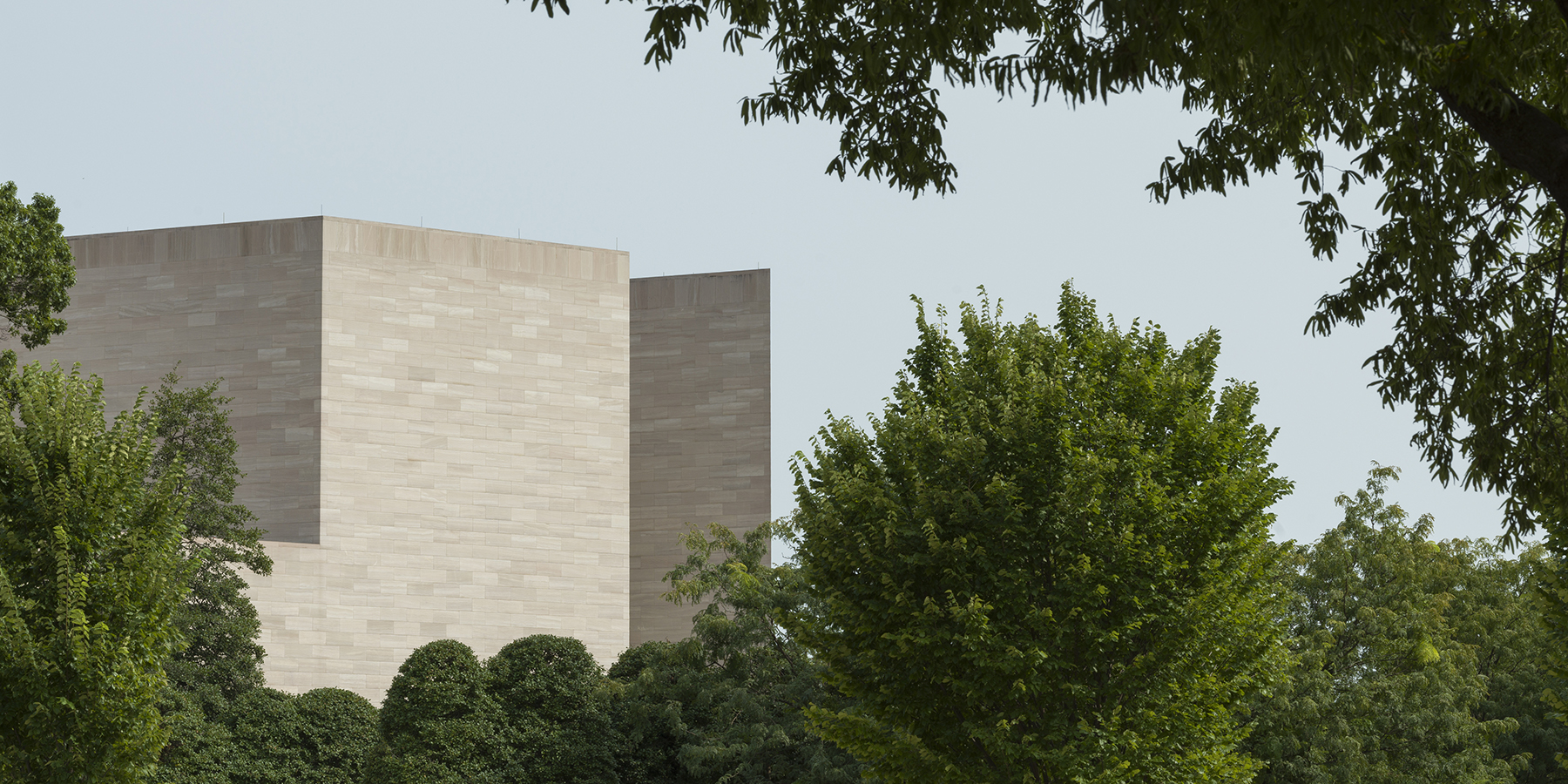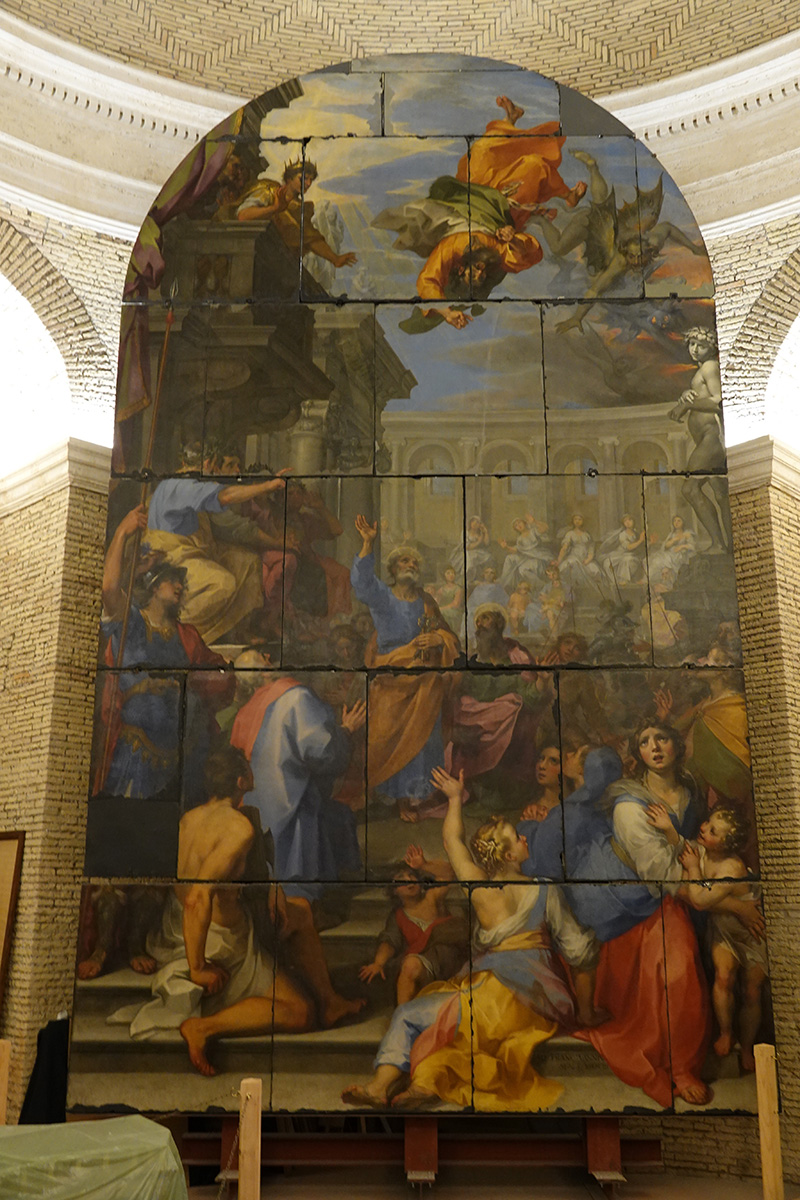Throughout this year, I have worked to reconstruct the networks of artisans who made stone substrates available to painters. Looking at a variety of documents from the 16th century has given me new perspective on the stonecutters who worked the rock face, the laborers who transported the stone from the quarry to the shipping yard, the stevedores who loaded it onto boats, and the agents who organized its transport. This research has revealed new aspects of the ecology of early modern art. In this project, I use the term ecology in its most capacious sense to encompass not only humankind’s interactions with the natural world, but also the social ecologies in which human beings operate.
In general, it cost more to transport stone than it did to extract it from the rock face. Transporting stone was easiest by water, and this had entailments that have heretofore been overlooked. During this year of research, I uncovered how painting on stone required artists to bend their creativity to the natural cycle of the season in ways that painting on canvas or panel did not. A letter sent by Giorgio Vasari (1511–1574) on April 12, 1563, for example, reveals how the painter had to think ecologically about his large project of painting on stone in the Palazzo Vecchio. Writing to the Medici agent at the port of Pisa, Vasari implores him to “send those marbles as soon as possible while there is still water in the river making it possible to transport them, because if you delay it will become dry and I will not be able to have them this summer and will not be able to undertake this important project.” Vasari, it turns out, had to wait years for the consignment of the stone.


